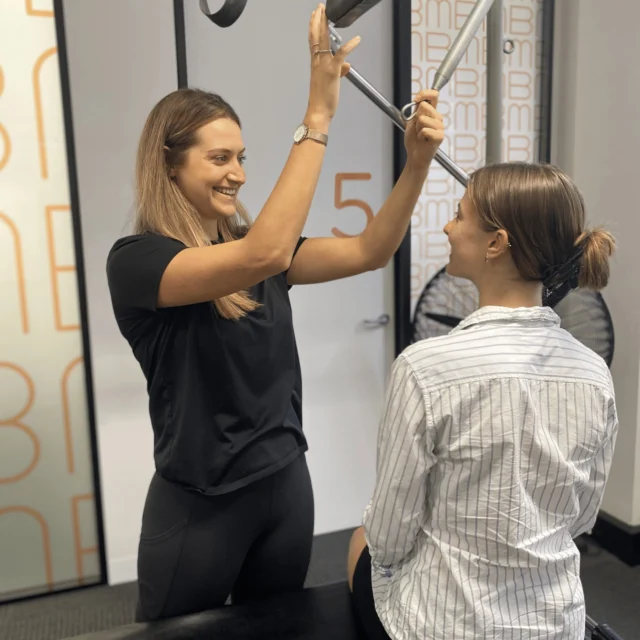If you’ve ever had a headache then you’ll understand how debilitating they can be. Most people have suffered from the Saturday morning self-induced, alcohol-related headache. But what about waking with a headache that wasn’t related to alcohol? That won’t respond to painkillers? That means you have to take the day off work because you can’t concentrate?
That horrible headache that comes once a month, or maybe even once a fortnight, and stops you in your tracks, may be related to your neck. If you’ve heard of referred pain before, then a headache related to your neck is exactly that. Just as back issues can cause leg pain, neck issues can cause headaches.
A Cervicogenic Headache, as it is known in the medical world, is a syndrome characterised by chronic headache, usually hemicranial (one-sided), that is referred to the head from either bony structures or soft tissues in the neck.
So how does it work? The nerves that supply the upper neck (i.e. the top 3 vertebrae) also supply the skin that overlies the head, forehead, jaw line, back of the eyes and ears. If there is damage or injury that causes pain to the muscles, ligaments or nerves in this area, it can refer to the head. On examination, a patient suffering from this condition will have stiffness and/or pain in some of the structures of the upper neck, and the headache can often be reproduced on palpation.
Cervicogenic Headaches are often misdiagnosed or missed altogether, which is a scary thought if you consider how debilitating they can be. So, if you are suffering from headaches and have been unable to identify the cause, don’t hesitate to book in with your Bend + Mend Physiotherapist. A combination of manual therapy and exercise can be very effective in curing those headaches once and for all!






